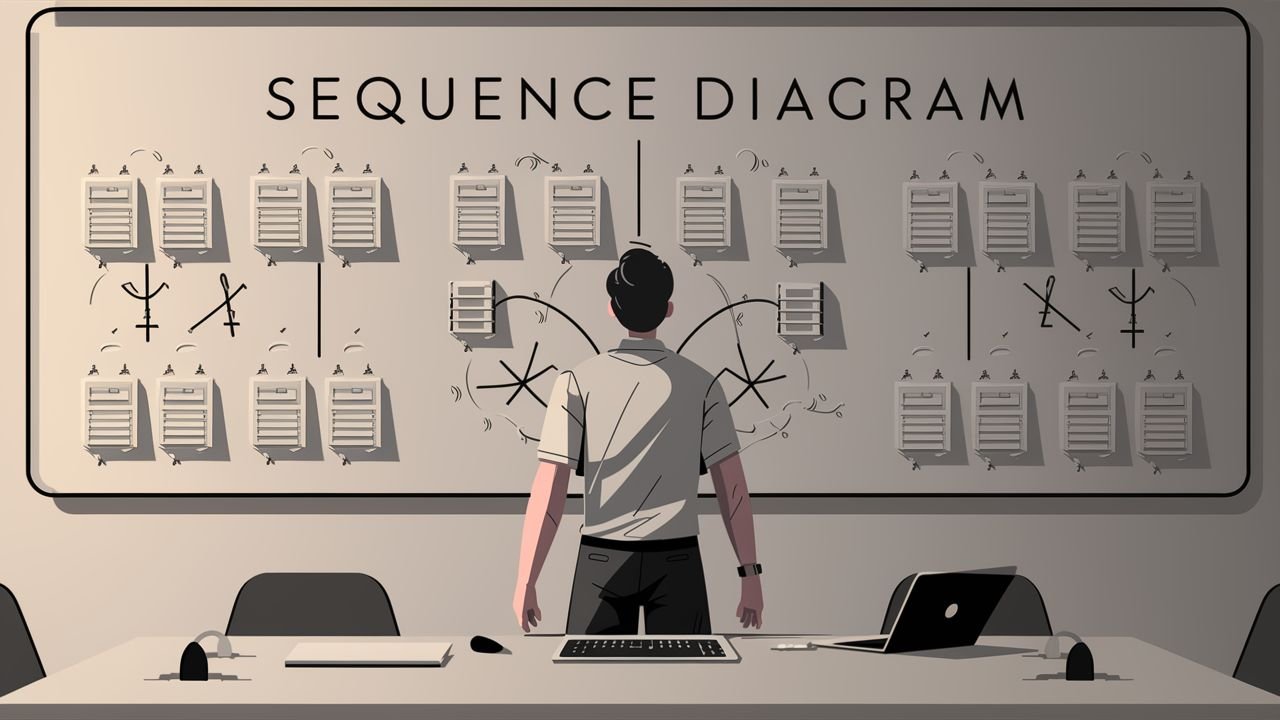In the rapidly evolving world of blockchain technology, understanding the intricate processes that underpin its operation is crucial for developers, researchers, and enthusiasts alike. One powerful tool that can shed light on these complex mechanisms is the use of sequence diagrams. These visual representations can effectively delineate the interactions within a blockchain network, encompassing key aspects such as transaction validation, block creation, and consensus mechanisms.
Blockchain technology has captured the imagination of individuals and organizations across various industries, from finance to supply chain management. Its decentralized, transparent, and secure nature has made it a transformative force in the digital landscape. However, the inner workings of a blockchain network can often appear opaque, hindering the ability of stakeholders to fully comprehend and optimize the system.





